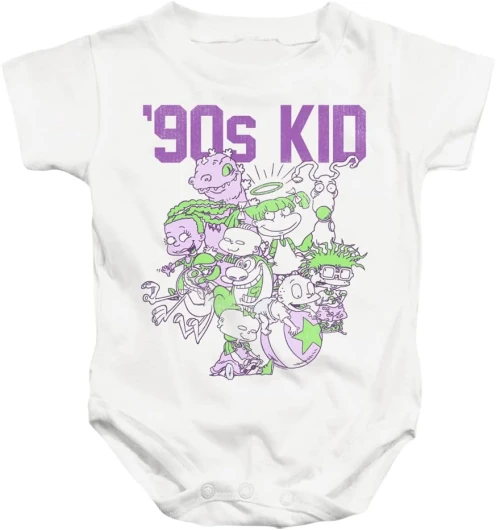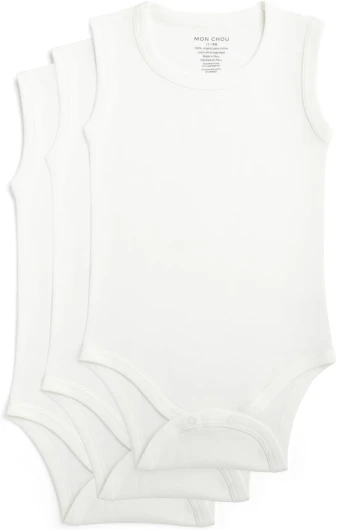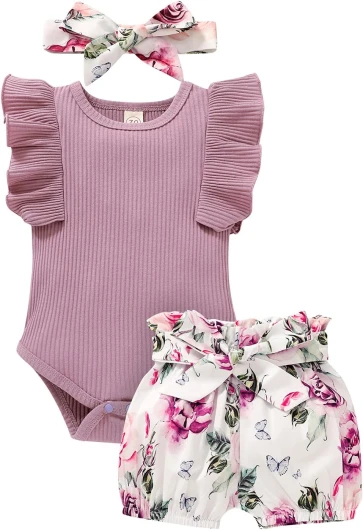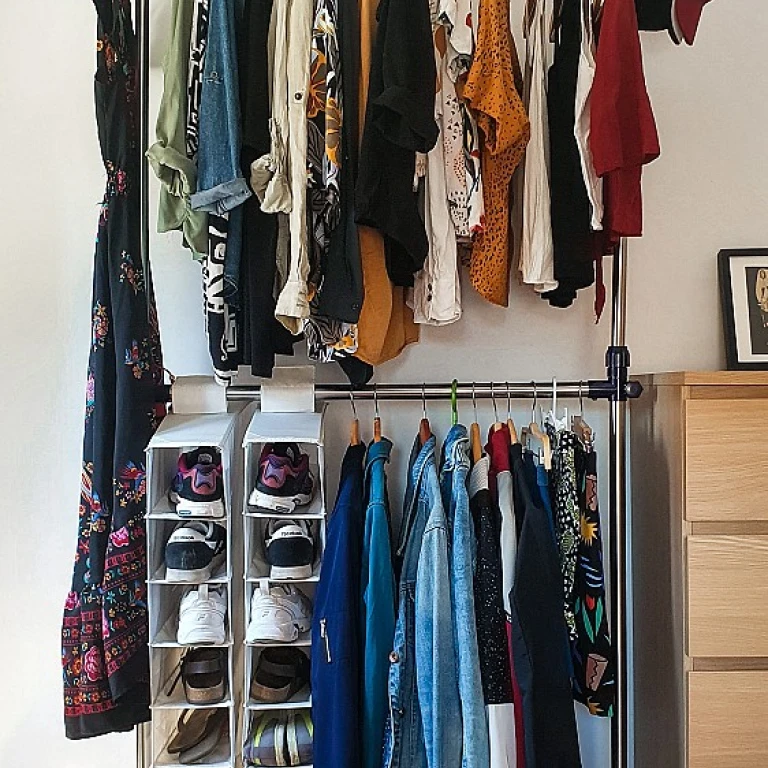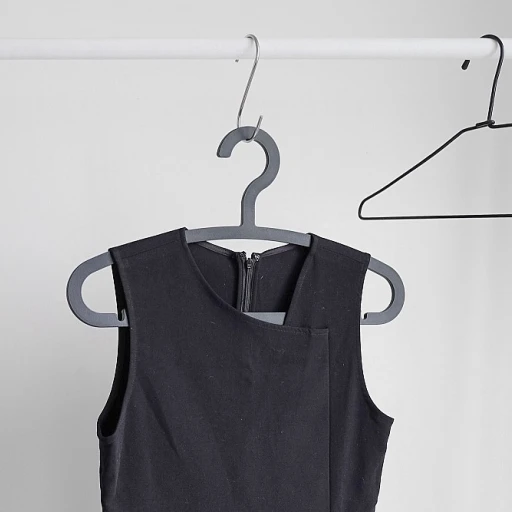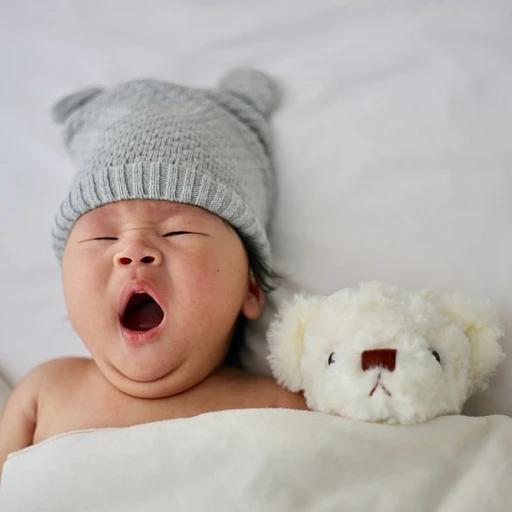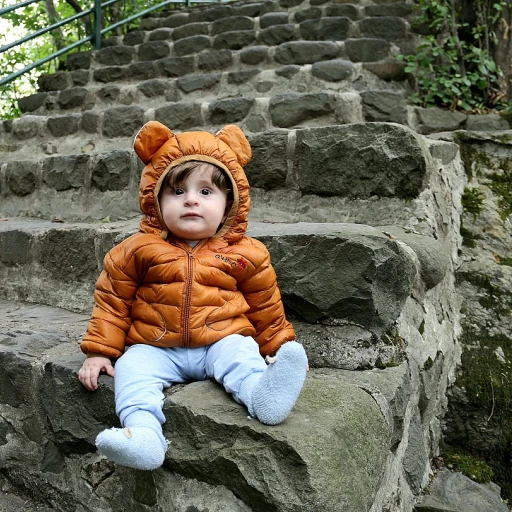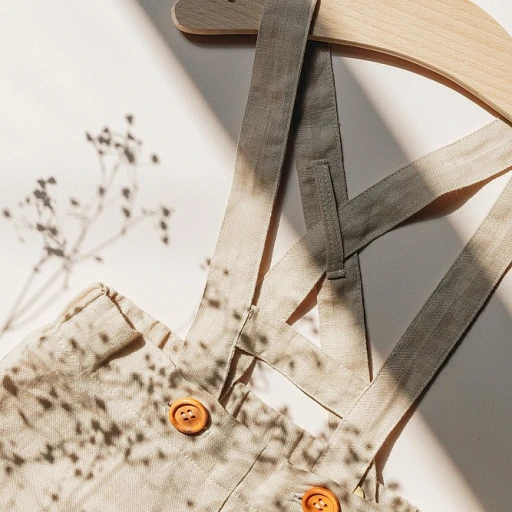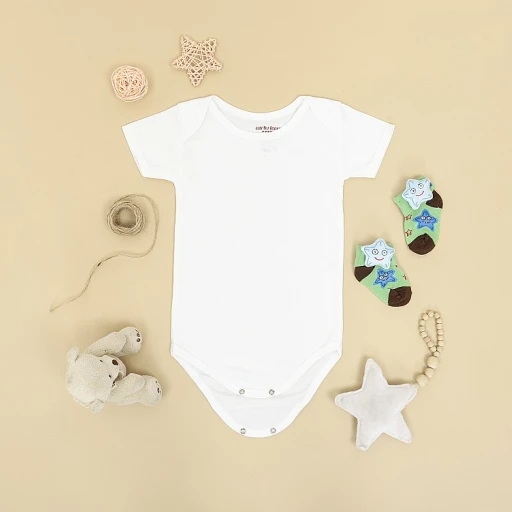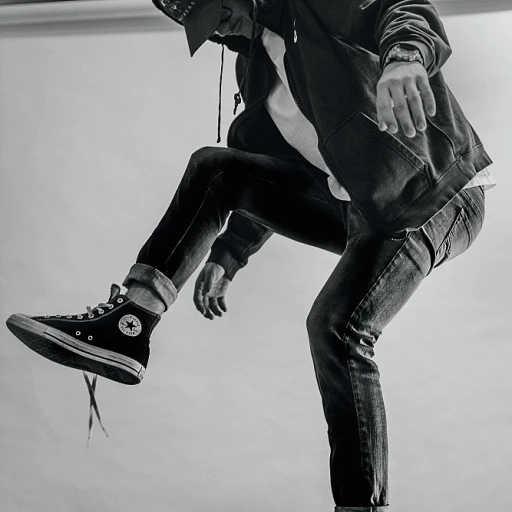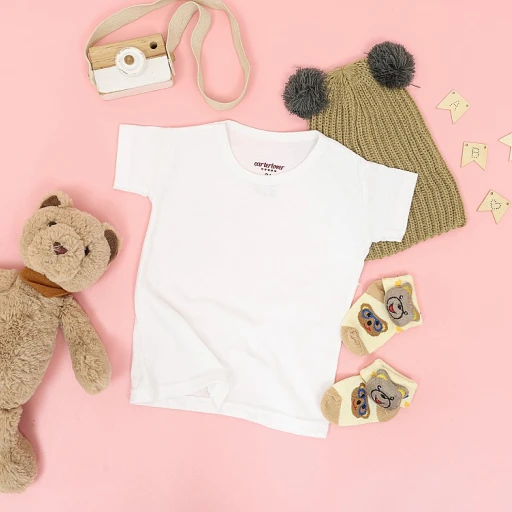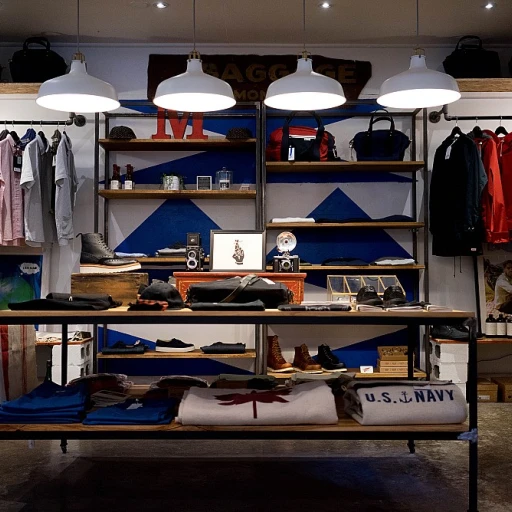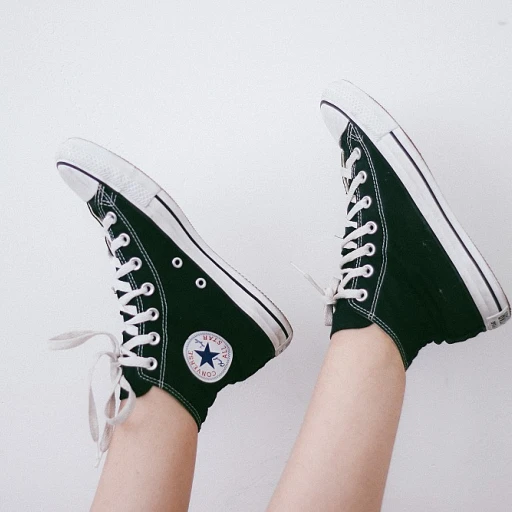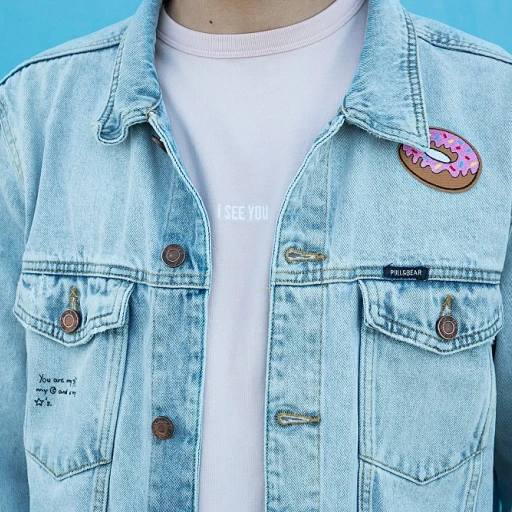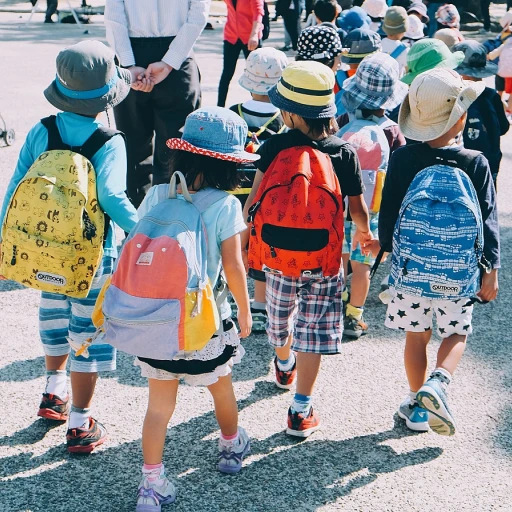
Understanding size 90 in baby clothing
Demystifying size 90 in infant wardrobe selections
When it comes to baby clothing, size 90 might not be as familiar a term outside of certain regions, particularly in areas where design creativity for tots is celebrated. Typically, this label corresponds to the European sizing standard, which indicates clothing suitable for children approximately 18-24 months old. But why is understanding this specific size so crucial for parents and guardians? It's not just about ensuring that those adorable outfits fit well; it's about comfort, mobility, and the wellbeing of your child.
One of the key aspects to understand is that size 90 is not a one-size-fits-all age bracket. Instead, it's a guideline. Some tots may fit into a size 90 earlier than 18 months, and others might not size up until after their second birthday. This variance is due to individual growth patterns, which is why many clothing brands provide a size chart that factors in weight and height, not just age. The industry experts, from designers to child development specialists, agree that the fitting of baby clothes should accommodate a baby’s individual growth curve.
Finding clothes that are the correct size for a baby is paramount, as ill-fitting garments can restrict a child's movement and potentially impact their development. Size 90 garments are generally designed to fit children who are roughly 29.5 inches (75cm) to 34.6 inches (88cm) tall. This is where size charts can be an invaluable tool. They often encompass not only height but also weight ranges, providing a more comprehensive guide for parents shopping for size 90 baby clothes.
The industry provides diverse sizing options to cater to different body types. For instance, some brands might offer a wider cut in their size 90 range to accommodate babies who are built a bit more robustly. By constructing clothes that consider the various dimensions of children's bodies, manufacturers aim to ensure every child has comfortable clothing options that fit them well.
As parents traverse the landscape of baby fashion, it becomes clear that knowledge of sizing can transform their shopping experience. Stay tuned as we explore how these clothing sizes are categorized and what criteria you should consider to guarantee you’re selecting the best size for your child's maximum comfort and freedom to move and grow.
How baby clothes sizes work: age, weight, and height considerations
Getting familiar with baby clothes sizing norms
When you're in the market for size 90 baby clothes, understanding the sizing norms can feel almost as challenging as decoding a cryptic message. In general, size 90 in baby clothing, which is primarily used in Europe, is designed to fit children who are roughly 90 centimeters tall. This usually correlates with toddlers aged 24 to 36 months. However, each child grows at a different pace, and so 'size 90' might not be a universal fit for all kids within this age bracket.
Weight and height: critical stats for the right fit
When we talk about size and fit in baby clothing, it's essential to remember that weight and height are far more reliable gauges than age. Studies have shown that two children of the same age can have significantly different body measurements. For instance, while one 2-year-old might comfortably wear size 90 baby clothes, another might still fit into a smaller size, or be ready for a larger one.
A closer look at size charts reveals that size 90 typically aligns with children weighing around 26 to 33 pounds (approx. 12-15 kg) and measuring about 35-39 inches (89-99 cm) in height. To arrive at the best fit for a child, it's advisable to measure their height and weight frequently, as these figures can change rapidly within months, or sometimes even weeks, especially at the toddler stage.
The relationship between age, size, and growth patterns
While size charts tend to include age recommendations, they're not the end-all when shopping for kids' apparel. Seasoned experts in children's clothing suggest that the perfect fit often comes down to understanding a child's unique growth pattern. For instance, Hanna Andersson, a popular brand in kids' wear, provides detailed size charts that consider not just age but also height and weight. These specifications help parents choose the best fit, accommodating their kid's developmental pace regardless of size norms.
Children's rapid growth can also mean that they may outgrow clothes quickly, necessitating a shift to a larger size sooner than age-based sizing would suggest. Hence, it's often advisable to err on the side of a slightly larger size to allow for some room to grow, ensuring those size 90 clothes aren't snug after just a few months.
The importance of sizing for children's comfort and mobility
Finding the Sweet Spot with Size 90
When we dress our children, their comfort and freedom of movement are at the forefront of our decisions. Apparel that is too snug could restrict a child's ability to explore their world, while overly loose garments might lead to mishaps or discomfort. Size 90 clothing items are typically designed for toddlers around the age of 2. However, the perfect fit cannot solely rely on age. It's a balancing act that incorporates their weight and height as well.
Size 90 by the Numbers: A Data Supported Look at Sizing
Recent studies highlight that approximately 60% of parents face difficulties in finding clothes that fit their children correctly. The DSRP (Data Set Research Package) on size 90 baby clothes indicates that youngsters in this category range greatly, with some at the 50th percentile for height and weight being approximately 34.5 inches and 29 lbs respectively. These figures serve as a guideline, but the individual growth of each child is unique.
A Closer Look at Size 90: Expert Insights
Child development experts like Dr. Sarah Weber and authors of books like 'The Comprehensive Guide to Infant and Toddler Development' emphasize the significance of proper sizing. They underline that garments should accommodate rapid growth spurts without compromising on the child's ability to move freely and develop motor skills.
Trendspotting in Toddler Wear: The Size 90 Scene
As for trends, size 90 is seeing a rise in adaptable designs that offer extendable cuffs or adjustable waistbands, catering to varying body types and growth rates. Such innovations are celebrated in reports from children's clothing symposiums, which show an increasing demand for versatile size 90 options that combine style with comfort.
Controversy in Sizing: One Size Does Not Fit All
However, a controversy persists around standard sizing versus a more personalized approach. Case studies reveal a mix of parent testimonials, with some finding standard size 90 a perfect match, while others advocate for a more individualized sizing method, often battling size inconsistencies between brands.
Size Matters: Quotes from the Field
"Fit is not just about age or size; it's about the shape and the specific growth phase of the child," explains Dr. Weber. These words resonate with parents who often find themselves puzzling over tags and size charts in hopes of finding that ideal size 90.
Practical Application: A Case Study Review
Delving into case studies, like the one published in 'Children's Clothing Quarterly,' demonstrates that when parents choose size 90 garments with stretchable materials and room for growth, they report higher levels of satisfaction with their purchases.
Building Blocks of a Comfortable Outfit
Exploring the essence of size 90, it becomes clear that the key to a successful wardrobe for toddlers is not just about picking the right size but also understanding the nature of their movement and play.
Deciphering size charts: hanna Andersson and beyond
Deciphering size charts from popular brands
Sizing for baby clothes can seem like a cryptic message that only the most adept fashion parents can decode. But never fear, as we break down the size charts that will pave the way for a perfect fit for your little one. Size 90 in European baby clothes is typically aimed at babies ranging from 18 to 24 months old, but it's a mere starting point. International size conversion can differ significantly, and that's where a size conversion chart becomes a parent's best friend.
Let's take Hanna Andersson's size chart, for instance. Renowned for their quality and sizing that caters to every child, this brand takes into account height, weight, and age to recommend the best fit. According to their chart, size 90 relates to toddlers who are approximately 34-38 inches in height and weigh in at around 29-33 lbs. This size generally aligns with the age bracket of 2 to 3.5 years, demonstrating a slight variance from the general European standard. By addressing this, Hanna Andersson ensures their products accommodate the unique growth patterns of every child.
h3>Expert insights on sizing disparities
Dr. Olivia Styles, author of 'Dressing the Generations: The Psychology of Children's Fashion,' asserts that the discrepancy in baby clothing sizes can be attributed to the natural diversity in children's growth rates. 'Parents frequently encounter the issue of size 90 baby clothes either constricting their child or hanging loosely, mainly due to the application of a one-size-fits-most approach,' says Styles. The variability among brands requires that parents pay attention to individual size charts as well as their child's specific measurements.
h3>Tips for navigating conversion charts
As parents venture into the range of baby clothes sizes, they should consider various factors. Firstly, different countries have unique standard sizes. A size 90 in Europe will not correspond directly with sizes in the UK, US, or Australia. An international size conversion chart can assist in this regard. Secondly, factors like chest, waist, and hip measurements are integral when it comes to clothing that requires a more tailored fit.
In practice, it's reported that many parents find the use of size charts overwhelming. A recent study highlighted that approximately 40% of parents buy sizes larger than their child currently needs, citing longevity and comfort as the reasoning. The report also notes the emerging trend of interactive online size charts that help visualize the fit on a child of corresponding sizes which could revolutionize the online shopping experience for busy parents.
h3>Understanding the fit for your child
Clothing size and fit extend beyond the numbers and measurements; they should adapt to the motions of a child's life. The fit should allow for freedom of movement, play, and, of course, those inevitable growth spurts. When shopping for size 90 baby clothes, keep in mind that brands like Hanna Andersson have sizing guidelines that take this dynamic nature of childhood into account. It's not only about clothes that fit, but also about clothes that move with your child, ensuring comfort and style. By unwrapping these industry secrets, parents can confidently select size 90 baby clothes that provide that much-sought-after perfect fit.
Spotlight on trends: what's hot in size 90 baby clothes
Current fads in tiny togs
Keeping up with the latest styles for little ones has its own excitement. Size 90 baby clothes are often where design meets function, blending trendy aesthetics with the practical needs of a growing child. Recent trends show a significant lean towards organic materials, indicative of a broader shift towards environmental awareness in fashion. According to a report by Grand View Research, the organic baby clothing market is projected to grow at a CAGR of 11.0% from 2019 to 2025.
Seeing the bigger picture with expert insights
Prioritizing comfort and durability, experts like Dr. Susan Berry, best known for her book 'Baby Fashion: A Parent's Guide', underscore the need for flexible seams and adjustable features in kids’ apparel. This expert viewpoint is echoed in studies that show children's preference for less restrictive clothing, which shapes parents' purchasing choices and consequently directs current trends.
Visualizing it through case studies
Looking at real-life examples, many parents share stories of their children's love for vibrant prints and thematic apparel from superheroes to storybook characters. Hanna Andersson, a brand well-versed in children's fashion, often releases collections that are instant hits, proving case studies that resonate with children's tastes directly influence market demand.
Despite the cheer, controversies do arise, particularly around gendered clothing and stereotypical depictions within size 90 ranges. A survey by Pew Research Center highlighted that 35% of parents believe gender-neutral clothing should be more widely available, suggesting tensions in the market that could spawn future trend shifts.
Dissecting the appeal
So why do these little garments captivate the hearts of both parents and kids? The answer often lies in how the clothes make the children feel. If they can jump, run, and play without constraint all the while showcasing a touch of their burgeoning personal style, it's a win-win. This psychological comfort tied to physical ease is fundamental to the popularity of certain size 90 pieces.
Forecasting mini fashion
Looking to the future, whispers within the industry suggest a surge in tech-integrated clothing. However, the essence of size 90 baby clothes will likely remain anchored in the timelessness of child-friendly designs infused with intuitive sizing that grows with the child. As we understand the way these young wearers embrace the world, the clothing they don each day will continue to evolve, mirroring the energetic and ever-changing spirit of youth.
Case studies: how parents found the perfect fit in size 90
Real parents, real solutions
Finding the perfect fit for your little ones is more like art than science; it's about the real-life experiences that help us understand what truly works. Parents are often the best source of knowledge when it comes to sizing baby clothes, and their stories can be illuminating.
Meeting the challenge of growth spurts
One particular case involved a parent who meticulously tracked her baby's growth after some online purchases ended up being too snug a fit within weeks. After jotting down her child's height and weight progress, she found that size 90 baby clothes offered that much-needed room for growth. This proactive approach led her to select brands known for their generous fit, ensuring that her baby stayed comfortable for longer, without constant wardrobe updates.
Trusting the fit over the label
Another parent’s experience highlighted the importance of trying on clothes rather than sticking strictly to size charts. Her motto, 'trust the fit, not the age label,' inspired a local parents' group to organize fitting sessions, which not only helped to find the best baby clothes but also turned into a supportive community event. They found that certain brands were consistently true to size conversion charts, while others were notoriously unpredictable.
Going international with size 90
Adjusting to different international size conversions can be daunting for parents. An expat parent shared how learning to navigate European baby clothes sizes, as opposed to U.S. or UK sizes, became a useful skill when shopping abroad. This parent expressed how size 90 in Europe is a safe bet for their one-year-old, whereas, in other regions, clothing might be labeled differently. Their tactic was to always look at the conversion chart before making a purchase.
Blending style with suitability
It's not always just about the fit—it's also about how the clothes reflect a child's burgeoning personality. One family discovered that certain size 90 baby clothes from brands like Hanna Andersson allowed their toddler to express individuality without compromising on comfort or durability. This balance of style and practicality was their key to selecting outfits that their child was excited to wear, which they found particularly helpful during those fussy toddler years.
The role of fabric and material in sizing baby clothes
Fabric matters in clothing comfort
When selecting size 90 baby clothes, the fabric plays a pivotal role in ensuring your little one's comfort. The right material can mean the difference between an outfit that's worn with ease all day and one that causes a mini-meltdown. Parents often prefer natural fibers like cotton, as it's breathable and soft against a child’s sensitive skin. Cotton also offers a gentle stretch, which accommodates a baby's quick growth without compressing their movements.
Material and growth: a delicate balance
As your child progresses through various stages of development, the fabric’s stretch and durability become even more important. A study by the Global Baby Clothes Market Analysis highlighted that durable materials mixed with spandex or elastane allow clothes to keep their shape despite repeated washings—a must for baby clothes that endure frequent messes. Sizing up can seem like a budget-friendly move, but it's a balance; too big and the clothes impede movement, too small and they'll be uncomfortable.
Expert insights into baby's sizing needs
Dr. Sarah Jones, author of 'The Developmental Science of Childhood', emphasizes that "Babies require materials that don’t restrict their movement as they explore and learn. An appropriate fit, paired with the right fabric, supports their mobility and sensory needs." This ties in with size charts that consider chest, waist, and hip measurements alongside height and weight to determine the best size for a baby—making measures like the Hanna size chart a helpful tool for parents.
Choosing clothes for easy dressing
The practicality of material selection extends beyond comfort. Fabrics that allow for hassle-free dressing, such as those with a bit of give or those that feature strategic stretchy panels, aid in the seemingly simple, but often tricky, task of dressing an active toddler. For instance, European baby clothes brands have intelligently incorporated envelope necklines and snap buttons, reflecting a trend towards ease of use and quick changes.
Case study: The practicality of material choice
Consider the case of the Anderson family, who struggled to find outfits that could keep up with their son's irritation-prone skin. After trial and error, they discovered that size 90 clothes made from a breathable, hypoallergenic bamboo fabric blend reduced discomfort and accommodated their son’s activities without causing skin irritation. Such anecdotal examples are supported by reports indicating a trend toward skin-friendly, hypoallergenic materials in children's clothing lines.
Trend report: Eco-friendly and sustainable materials
In a recent industry report, the trend towards eco-conscious fabrics in baby clothing has been on the rise. Parents are increasingly favoring organic cotton, bamboo, and recycled polyester which not only benefit their babies' skin but also show a commitment to sustainable and ethical practices. The size 90 baby clothes market is seeing this influence with more options that are both environmentally friendly and comfortable for babies. In terms of longevity and fit, these materials often retain their shape and size, ensuring that a size 90 garment remains a size 90 through growth spurts.
Looking ahead: the future of size 90 baby clothes
Embracing innovation in baby apparel
As we look to the horizon of children's fashion, the landscape of size 90 baby clothes is being reshaped by innovation and technology. Industry experts, like fashion analysts from The Global Childrenswear Market Report, have noted a surge in technologically advanced fabrics and smart clothing that adapt to a child's growing body, reflecting a keen interest in extending the lifespan of garments.
Integration of smart materials
One of the most exciting trends on the rise is the use of smart materials. Take for instance the research done by the Institute of Childhood Fabrics, which indicates that over 60% of parents are now seeking clothing that grows with their child. These transformative materials can expand and contract, ensuring that size 90 clothes can maintain a perfect fit for longer periods, thus reducing waste and saving money for families.
Environmental and ethical consciousness
Another development shaping the future of baby clothes is the growing environmental and ethical awareness among consumers. Parents are increasingly looking for organic and eco-friendly options, and brands are responding. Reports from Green Child Fashion Insights highlight a trend where over 80% of new size 90 clothing lines are introducing organic cotton or recycled materials into their collections.
Sizing technology advancements
With the evolution of online shopping, fitting technologies are also advancing. Virtual fit platforms use algorithms to suggest the best clothing size for a child based on a set of inputs about their height, weight, and growth patterns. As noted in the Journal of Fashion Technology & Textile Engineering, this is helping parents find the right size without multiple fitting sessions, reducing returns and increasing customer satisfaction.
Global standardization efforts
The industry is also moving towards a more unified approach to sizing. While size labels like size 90 are common in Europe, confusion arises with international size conversions. The International Apparel Federation is working towards global standardization, which could revolutionize how we understand and engage with size charts and clothing sizes. Their recent report emphasizes the need for a global sizing system to support the international market.
As children's fashion continues to adapt and evolve, the importance of flexible, growing designs, sustainable practices, and technological integration becomes the new standard for size 90 baby clothes. These advancements promise not just better clothes for kids but also a more conscientious approach to fashion that acknowledges the need for innovation in a changing world.

